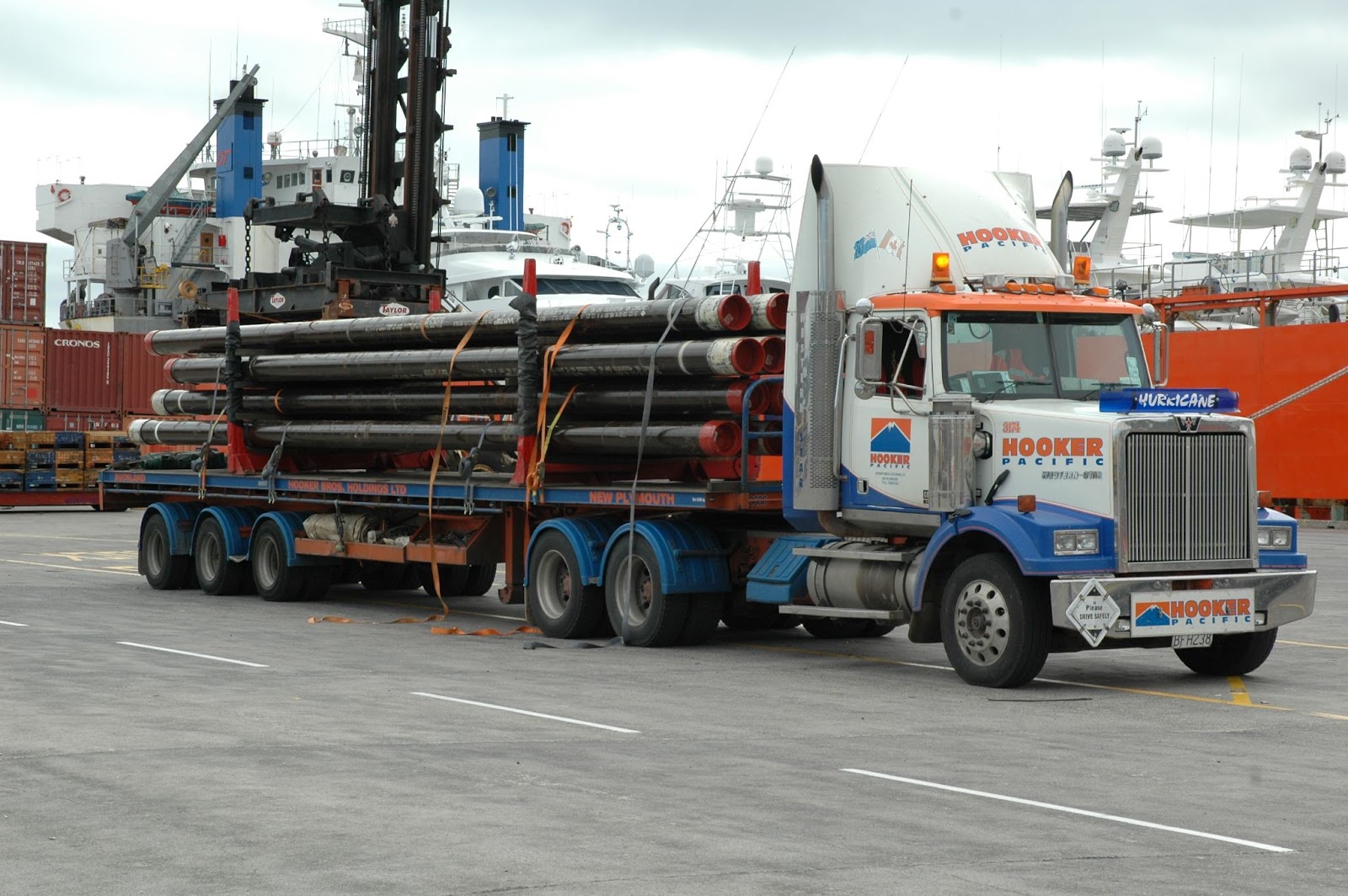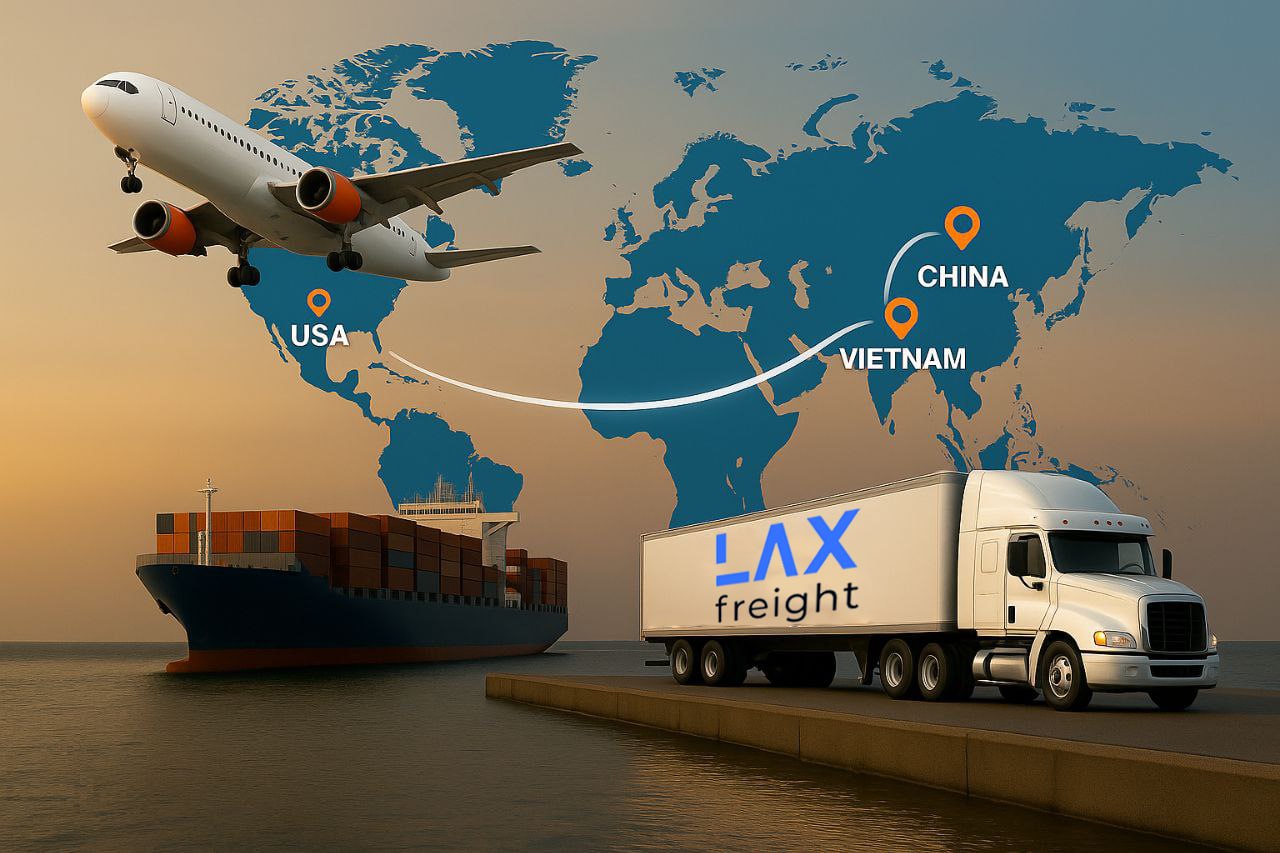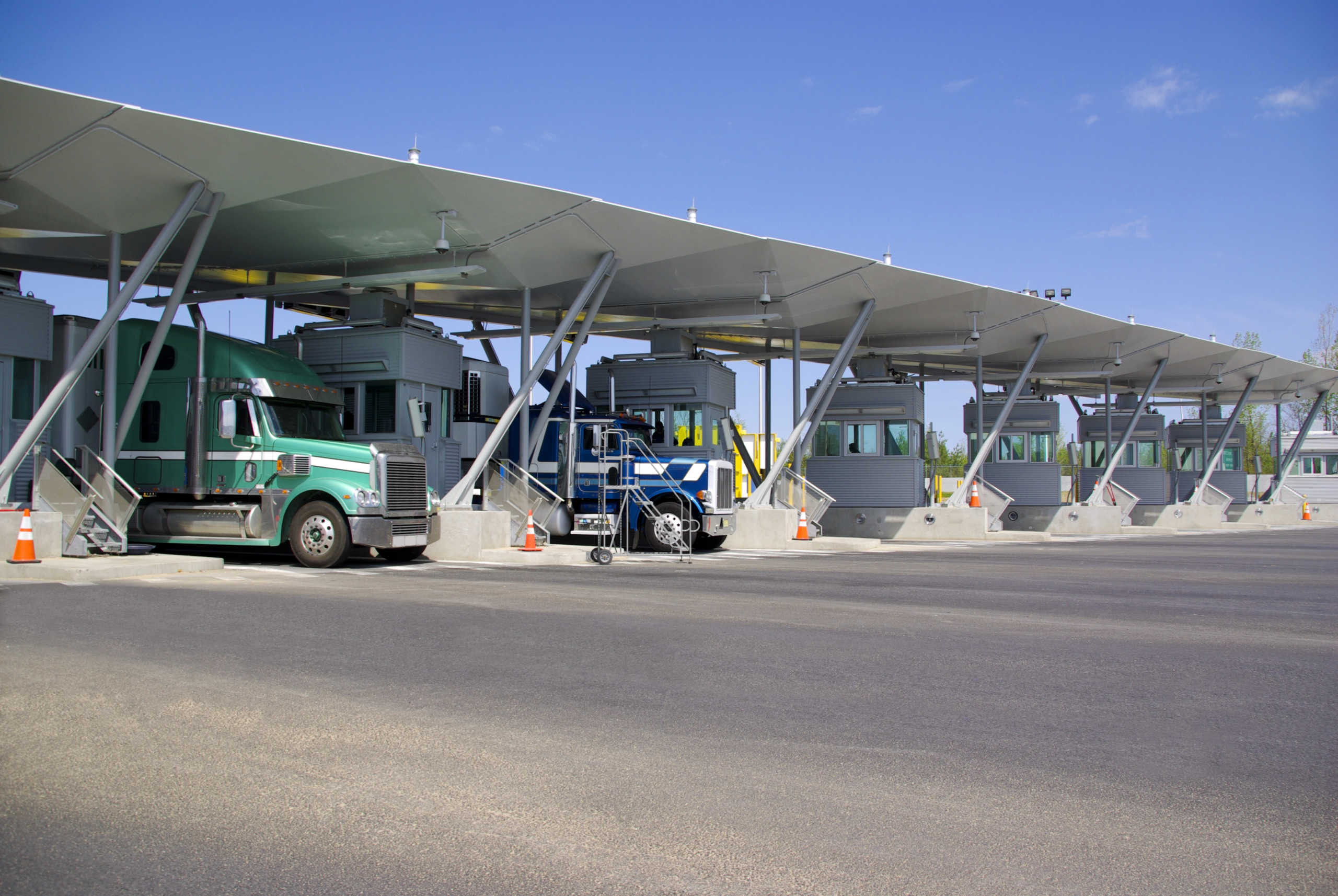Transporting wide and oversize cargo requires compliance with the industry standards and regulations. It ensures safe and efficient shipping. Wide and oversize cargo terms can be interchangeable, while they refer to different transportation types. Knowing their differences and similarities is crucial for truckers and logistics companies to avoid fines and accidents.
What Is A Wide Load?
A wide load refers to cargo that exceeds the standard limit set by the local and federal authorities. The I.S. limit is 8.5 feet in width. Any items that exceeds it are classified as wide loads and need special permits and handling. It ensures safe and efficient transportation.
Wide loads can differ in size and type. In particular, this cargo type may include:
- Oversize machinery. Large construction equipment, such as bulldozers, cranes, and excavators.
- Construction materials. Building sections, large beams, and steel frameworks.
- Prefabricated homes. Houses that are built in sections and transported to the site.
- Large Agricultural equipment. Combines, harvesters, and other machinery.
- Industrial items. Such as wind turbine blades, large tanks, and heavy generators.
Transporting a wide load requires careful planning. It includes obtaining the necessary permits, determining the most efficient route, and arranging pilot cars. These vehicles warn other road users and assist in navigating through traffic.
The oversized nature of the loads can pose risks to the driver, transport, and the general public. Thus, transport companies should adhere to regulations and safety protocols. It includes signage, lighting, and potential road closures or modifications to minimize traffic disruptions and provide safe transportation.
What Is An Oversize Load?
Oversize load is a cargo that exceeds one or more legal dimensions set by the authorities. They include width, height, length, and weight limits. While a wide load refers to width, an oversized load foresees surpassing any dimension.
Thus, transport companies should comply with regulations and safety instructions. It includes signage, lighting, and potential road closures or infrastructure modifications.
In the U.S., the limits for cargo are 8.5 feet in width, 13.5-14.5 feet in height, 53 feet in length, and 80,000 pounds of weight. If a load exceeds these dimensions, it’s classified as oversize and requires special permits for shipping.
Oversized loads may include:
- Wind Turbine blades. Such items can be over 100 feet long and require special handling.
- Large transformers for the electrical grid. They can be heavy and oversized, requiring careful shipping.
- Aircraft parts. Such items as fuselages can be large and are often transported in pieces.
- Bridge Beams can be very long and heavy, requiring specialized handling.
- Oil rig components. Items for constructing and maintaining oil rigs are often large and require careful handling.
Transporting an oversize load requires comprehensive coordination. Route planning and escort vehicles are essential parts of such shipping. During transportation drivers should avoid such obstacles as low bridges or narrow roads. Pilot or escort vehicles are needed to help manage traffic and warn other road users.
The primary step for oversize load shipments is permits obtaining. It requires outlining the approved route, travel times, and special requirements.
What is the Difference Between a Wide Load and an Oversize Load?
These terms may be interchangeable, still they refer to different aspects of regulations. Knowing the difference of wide load vs oversize load is crucial for ensuring regulations compliance and safety.
| Aspect | Wide Load | Oversize Load |
|---|---|---|
| Definition | Refers to cargo width | Refers to any dimension (width, height, length, weight) |
| Common examples | Prefabricated homes, large machinery | Oil rig components, transformers, aircraft parts |
| Route planning | Focuses on avoiding narrow roads | Focuses on avoiding obstacles of any oversized dimension (low bridges, weight-restricted roads) |
| Escort vehicles | Required to accompany the load | Needed with requirements based on dimensions |
| Safety measures | Signage, lighting, and sometimes temporary road modifications | Signage, lighting, potential road closures, and alterations |
At the same time, wide and oversize loads have several similarities. In particular, they require safety considerations and special permits from transportation authorities. The adherence to safety protocols is also essential, including the use of signage, lighting, and potential road modifications or closures.
Wide and Oversize Loads Regulations
Transportation of wide and oversize loads requires compliance with federal and state regulations to ensure safety and avoid fines or penalties. The rules may vary by jurisdiction, still they always include permit requirements, escort vehicles, and route planning.
- Permitting requirements. Both wide and oversize loads require special permits that includes shipping conditions, travel time, and the planned route. Permits can be a single-trip, annual, or multi-state permit depending on the load type and jurisdiction.
- Route planning. Some authorities have pre-approved routes for wide and oversize loads to ensure the absence of obstacles.
- Escort vehicles or pilot cars are required for both types of loads. Their number and positioning can vary depending on the load’s dimensions and regulations. Vehicles help warn road users, manage traffic, and navigate tight stops.
- Safety measures. It includes signage indicating a wide or oversize load and proper securement to prevent shifting.
- Travel restrictions. Transporting wide and oversize loads may be restricted to certain daytimes to minimize traffic disruptions. Load movement is also restricted amid weather conditions, such as heavy rain or high winds.
- State and federal regulations. Each state has its own standards for wide and oversize load shipping. Transport companies and their employees must be aware of the regulations of each state thay pass. Truckers should also follow federal regulations. The Federal Highway Administration (FHWA) sets standards of the oversize and overweight cargo shipping.
- Compliance and enforcement. Drivers and escort vehicle operators should pass special training and obtain certification to handle heavy-haul shipments.
Wide Load Requirements
Wide load transportation requires compliance with specific requirements and standards. They cover such aspects as permitting, necessary equipment, and operational processes.
- Permitting. Wide load requires special permits for transportation that quhtorize shipping and specify conditions. The application process involves providing information on the load, route, and travel times.
- Vehicle equipment. Trucks that ship wide loads should have special signs on the front and rear. Adequate lighting, extended side mirrors, and visibility aids are also required.
- Pilot cars. Escort vehicles warn other road users and assist in traffic navigation. Their number and type depend on the cargo dimensions and the state regulations.
- Route planning. Truckers and other employees that handle wide loads should follow approved routes specified in the permit. Sometimes, a route survey is necessary to identify potential obstacles, such as road conditions, or narrow roads.
- Safety measures. One main aspect of wide load shipment is load securement with tie-downs or securing devices. This also requires communication between the trucker, escort operators, and traffic control personnel.
- Travel restrictions. Transportation can be restricted to certain daytimes to minimize traffic disruptions or during difficult weather conditions, such as heavy rains, snow, or winds.
- Training and certification. Truckers and other personnel who handle wide loads should obtain special training and certification. It ensures that employees can effectively handle wide load transportation.
Oversize Load Requirements
Shipping oversize load as well requires compliance with a range of requirements. The standards cover similar aspects as in cases of wide load: permits, equipment, signage, and operational procedures. Understanding these requirements and standards is essential for trucking companies and drivers.
- Permitting. Oversized loads need special permits that specify dimensions and conditions for transportation. The permits should also include information on load dimensions, route, and delivery time. Depending on the load and jurisdiction, permits can be single-trip, annual, or multi-state.
- Equipment. Trucks with oversize loads should have special signs on the front and rear that must be visible. Lighting and side mirrors are also necessary to ensure safe transportation.
- Escort vehicles. Pilot cars travel ahead of and/or behind the oversize cargo to warn other traffic participants.
- Route planning. Routes for oversize loads shipment shouldn’t include obstacles such as low bridges, narrow roads, and weight-restricted areas.
- Safety measures. Proper load securement is crucial to prevent shifting or falling. It also requires effective communication between truckers, escort operators, and traffic controllers.
- Restrictions. Oversize load shipment can be restricted at certain times of the day. Some jurisdictions, in particular, allow nighttime travel. Movement can also be restricted amid weather conditions that pose additional risks.
- Certification and skills. Transporting oversize loads requires special training and skills, including load securement, route planning, and safety protocols. Truckers should obtain the necessary qualifications.
- Specific considerations. Oversized loads that exceed standard height limits must account for bridge clearance, overhead wires, and other height restrictions along the route. Long cargo also requires special handling in navigating turns and intersections.
Conclusion
Successfully and efficiently transporting wide and oversized loads requires following the regulatory standards. Adgering specific permits, vehicle equipment and route planning requirements can ensure safe and efficient transport. Compliance with the regulations prevents legal issues and enhances road safety. If you look for expert assistance with wide or oversize loads, LAX Freight offers its experience and resources. We help you to navigate through any challenges that may occur, whether you deal with a oversize vs wide load, LAX Freight provides comprehensive solutions tailored to your needs.



